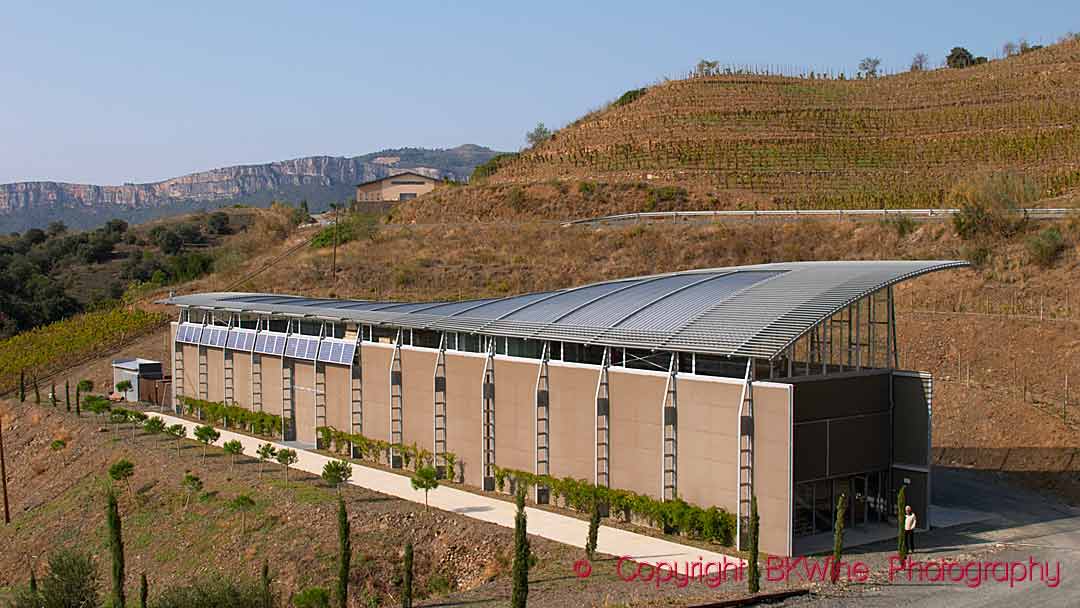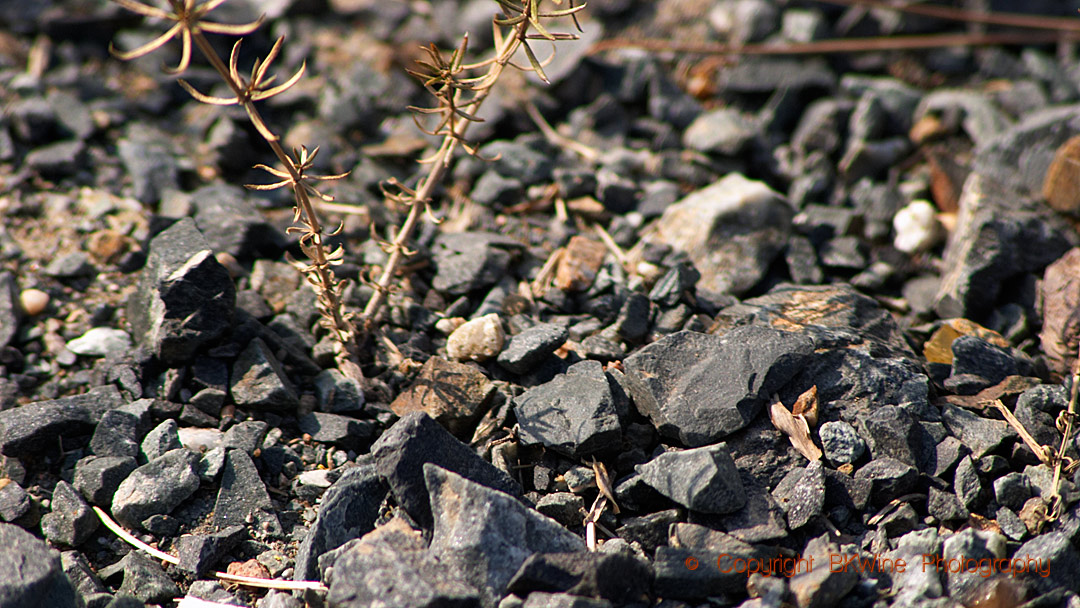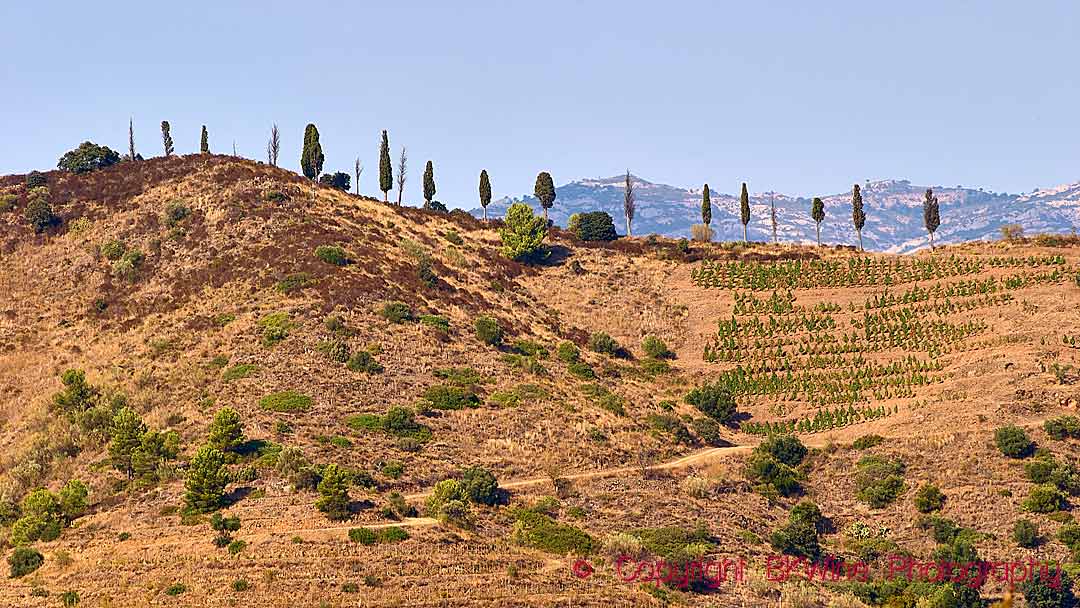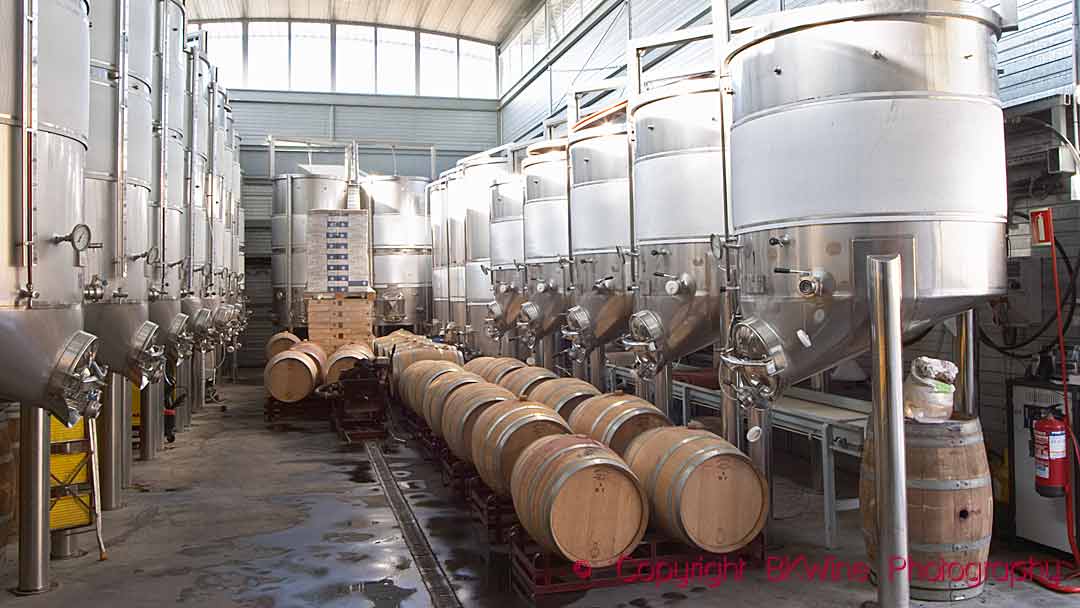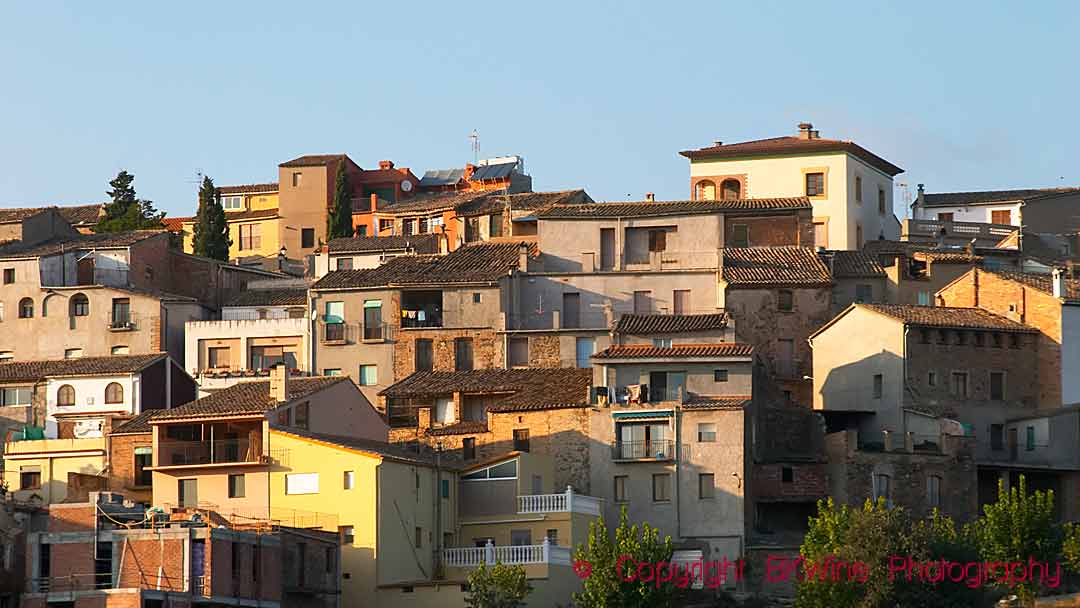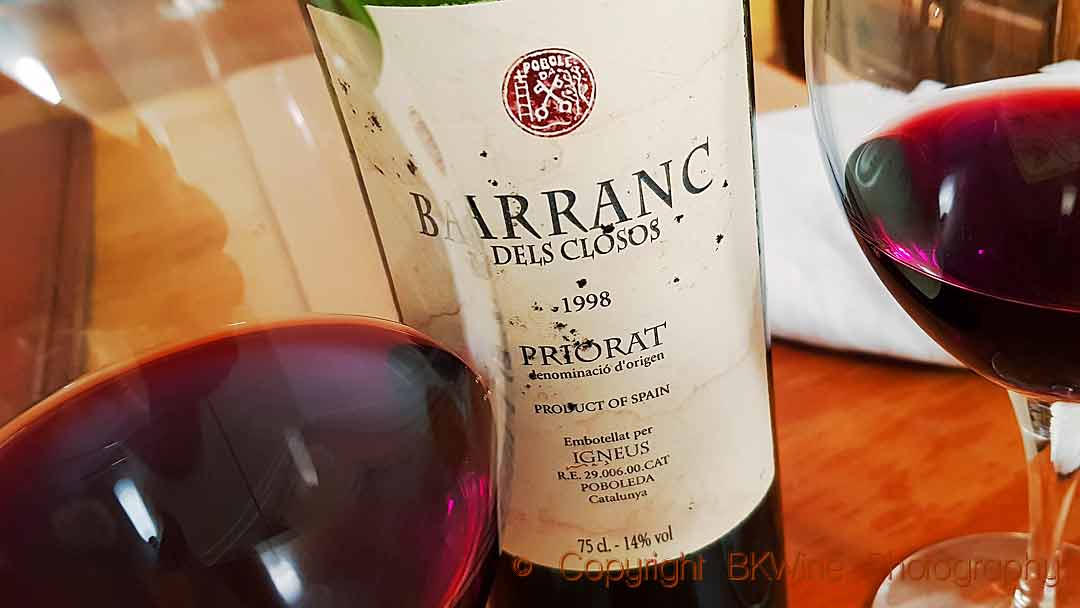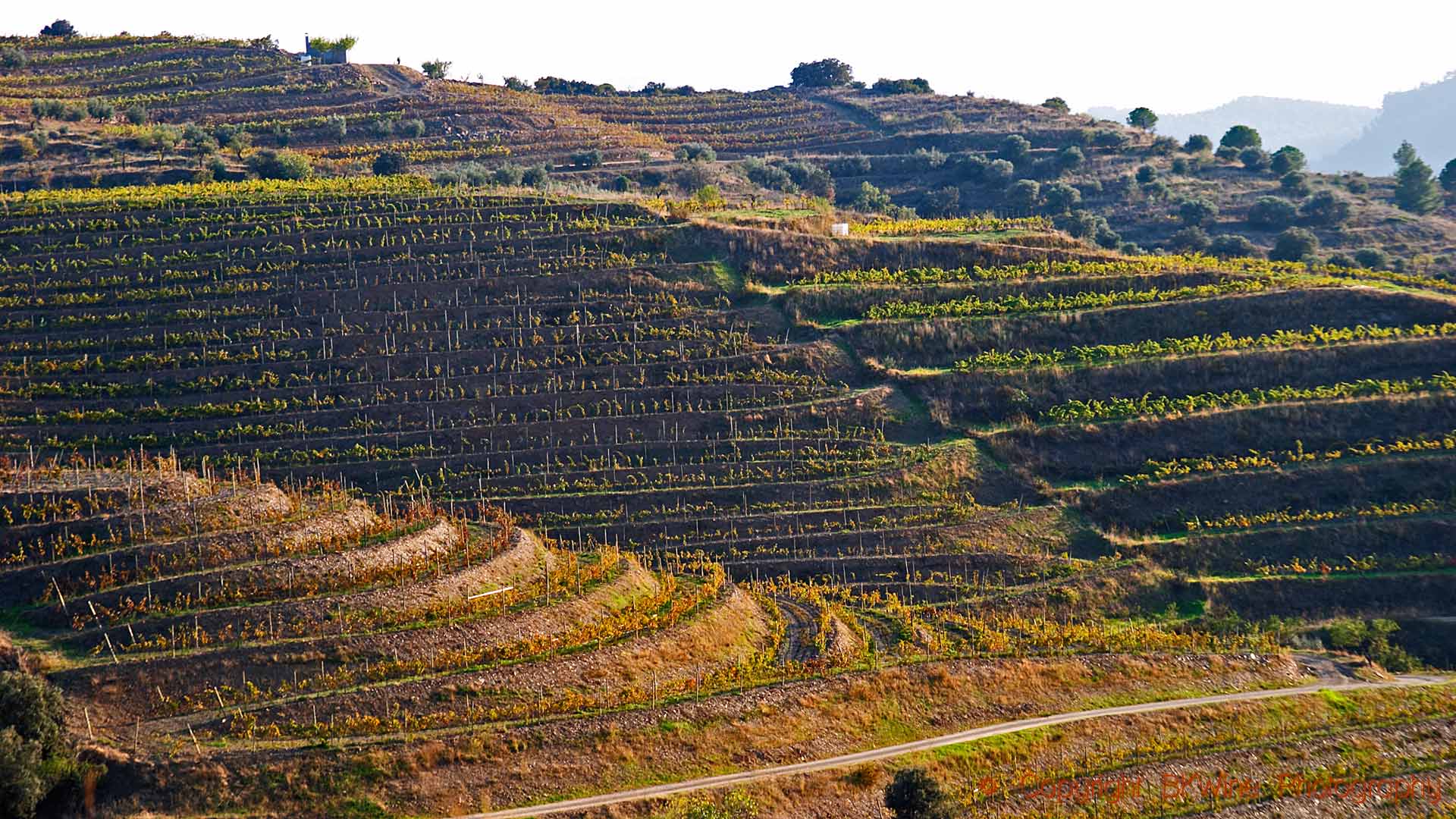Mas Igneus in Priorat has long been a favourite of ours. In 2020 the estate changed owners and in 2019 a new winemaker had arrived at the estate, Daniel Cuesta. Changes are inevitable with new owners and a new winemaker. After having tasted new and old vintages, however, I feel that the future for Mas Igneus looks good. I discovered some exciting wines. A talk with Daniel revealed his thoughts and philosophy for making wine in Priorat.
Priorat is in Catalonia in northern Spain. It is about a two hours’ drive south from Barcelona. You go along the coast, past Sitges and Tarragona. Then you turn right, up into the mountains. After having passed the impressive crest you come into a landscape that is dominated by majestic mountains, dotted with small towns and villages. The hillsides are covered by what looks like abandoned terraces, from a time when there was more agriculture. But the land is being re-conquered by vineyards. Since a few decades back, Priorat (in Catalan) or Priorato (in Castilian Spanish) is one of Spain’s most famous wine regions.
This is a longer version of an article published on Forbes.com.
To get to Mas Igneus, take the road that winds past the small town of Gratallops, with 237 inhabitants (more in summer for sure), a handful of restaurants and a small hotel. You then continue a kilometre or so and you will find Mas Igenus on the left side down a steep slope. It is a modern designed building with a roof that looks like it is about to blow off. All around, there are steep terraced vineyards.
The vineyards of Mas Igneus, in total 25 hectares, are spread out: at Costers de l’Ermita in Gratallops, where they also have the cellar, Finca Comellars in Poboleda, El Maset del Boixó, where they have vines of more than 100 years old, and Finca La Salanca in Torroja del Priorat.
Daniel studied winemaking in France and also worked there for several years before going back to Spain. He admits to being influenced by France in his winemaking. But he believes that a lot of the character of the Mas Igneus wines comes from the soil. “This is the magic of Priorat”, he says when he talks about the region’s poor schist soil, locally called llicorella, a black flaky schists
It is a region famous for its powerful wines with aromas of warm and ripe fruit. The climate is hot in summer, but can be quite cold in winter. The main grape variety is garnacha tinta (grenache). They also have a good amount of cariñena (carignan), which in Spain is usually called mazuelo. There’s a bit of cabernet sauvignon, syrah, and merlot too, plus a few more grape varieties. These reds account for more than 90% of the plantations but there’s a bit of white too.
I ask Daniel how it is possible to retain a good level of acidity in the wines in this hot climate.
“After doing two harvests here, I can say that the soil gives this acidity”, he says. “It is a schist soil, shallow, well-drained and very poor in organic matter. The vines suffer a great deal, but it allows us to keep a very distinct acidity, which naturally balances the high [alcoholic] degrees specific to the region.
The fact that the vines have to struggle to obtain water and nutrients will affect the yields. They are extremely low. Daniel points out that it is not possible to get higher yields from this terroir.
“This again depends on Priorat’s soil and climatic conditions. Priorat is not at very high altitude (500 m), but it is a very hilly region. Priorat is situated on top of a huge slab of slate; only the surface part, exposed to severe weather and human labour, is disintegrated, so that young vines can take root. It is only by looking for cracks in the bedrock that the roots can develop.”
Priorat is surrounded by mountains that prevent clouds from arriving from the Mediterranean. It only rains 400-600 mm per year, and when it does, it is very heavy rain that quickly washes away and cannot penetrate the lower layers of the soil.
“For all these reasons”, says Daniel, “we have such low yields, about 15 hectoliters per hectare on average. The vines give us small berries, but rich and aromatic fruit.”
The red wines
Fusió 2018, Mas Igneus, Priorat
Fusió is a “fusion” of the wines that used to be called FA 112 and FA 206, the rather odd names that the previous owner used.
In Priorat, Spanish grape varieties are grown alongside Bordeaux grapes. Fusió 2018 is around 30% each of grenache and carignan, 18% merlot, 15% cabernet sauvignon and 4% of syrah. There are masses of fruit, dark berries, spices, a touch of chocolate. It’s quite powerful, but everything is in balance. The wine has concentration, a good freshness combined with a smooth finish. There is some oak but it stays in the background.
Some of the barrels are new. “Every year, we try to renew our barrel cellar a little by purchasing 4-5 new barrels”, says Daniel. “These barrels are mainly used for the ageing of Costers de L’Ermita, our premium cuvée, but by preparing the blend of the Fusió 2018, we appreciated the complexity and the sucrosité (a sweetish mouth-filling sensation, but that is not really sweet) the new oak provided, so we added a part in the blend. “
But in general, they aim to reduce the impact of the wood in the wine and have acquired larger barrels of 450 litres to this end.
M de Mas Igneus 2019, Priorat
A very interesting as well as superb wine. The grapes are 40% cabernet franc, 28% grenache, 25% merlot, 7% carignan. It has the hallmark “warm climate fruit” of Priorat. It is a very generous and ripe fruit, but at the same time, there’s a good structure and herbal notes. I guess that the cabernet franc plays an important part here?
“It is a bit of everything”, Daniel replies. “Our cabernet is planted in the higher areas of our plots to try to get its vegetative cycle as close as possible to these places of origin, to obtain a ripe but aromatic and fresh grape. Also, our vineyards are distributed between the villages of Gratallops and Poboleda, the first being much hotter and drier than the second, so we obtain a panoply of wines with very varied profiles. For this reason, our technical itinerary must adapt to all of those.”
M de Mas Igneus 2019 was released in April 2021.
The white wines
V de Mas Igneus 2020, Priorat (available in April 2021):
This is a magnificent wine, unusal and delicious with intense floral aromas, pears, raspberries, very fresh. The grape varieties are surprising: 38% grenache (a red grape), 25% merlot (it too), 23% pedro ximenez, 10% viognier and 4% grenache blanc. The obvious question to Daniel is, why make white wine with a majority of red grapes?
“Being a great lover of white wines and blends, I resisted the idea of making only a mono-varietal white. I like La Capelleta a lot (see below), of course, but I wanted to craft a white for fun, to experiment, and to be able to provide a more modern white. As I didn’t have enough white grapes, I used the reds!”
Seeing pedro ximenes here in northern Spain is also unusual. PX, as it is often called, is one of the grapes used in southern Andalusia for sherry. “DOQ Priorat is the only appellation in Catalonia that allows it, but it represents a tiny percentage in the Priorat vineyards. It was a very first for me. It was vinified in 450 litres barrels, bringing us the delicacy and density we are looking for.”
Amazingly, the PX, cultivated at the foot of the Montsant Mountains, was harvested 38 days after the red grape varieties for this blend.
V de Mas Igneus was released in April 2021.
La Capelleta 2019, Mas Igneus, Priorat
La Capelleta is also a superb wine, although very different fom “V”. The grape here is 100% grenache blanc. It is complex and full-bodied (even some “fatness”, giving it extra volume), with honey notes, stone fruit, melon and apricots. It has a lovely mouthfeel, and it is very fresh. (~20 euro)
The wine has been in contact with its lees for 11 months. This is something Daniel brought with him back from France. “I like to keep the white wine in contact with its lees as long as possible.” He stirs the lees (batonnage) several times a week in the beginning and once a week in the last months to protect the wine from oxidation.
La Capelleta, which means small chapel in Catalan, is a “Vi de Vila de Gratallops”, which is a smaller geographical unit within the DOCa (or DOQ as it is called in Catalan), according to the new Priorat classification. It is from a small plot of 0.6 hectares, facing south-east. It receives the first rays of the morning sun. It is a fairly warm area, and harvest is early in the season, the first week of September for 2019.
As the vineyards are on a slope with a strong inclination, there is a big difference in maturity. “The top of the plot, dry and hot, gives us the candied apricot and pear characteristics”, remarks Daniel,“ and the bottom, more humid and fresher, gives us the acidity necessary to balance the whole.”
We ended the tasting with Mas Igneus’ two premium red wines, Costers l’Ermita and Costers de Pobleda, both from vintage 2013 and extraordinary wines. We look forward to new vintages.
Costers de l’Ermita, with 100% carignan, is classic in style, with tobacco and cedarwood aromas, balanced, with an excellent tannic structure. It has a fresh, long, delicious finish. (~50 euro)
Costers de Pobleda, with 95% carignan and 5% syrah, is full-bodied, with ripe fruit (although not overripe), herbal notes, tobacco. Delicious to drink now but it has enough tannins for further ageing if you like. It finishes on a fresh and lingering note. (~45 euro)
Mas Igneus has long been one of the leading wineries in Priorat. It will be interesting to see where the new owners and the new winemaker will take it. After this first look it certainly seems very promising.
A little while back we had the opportunity to enjoy a Barranc dels Closos 1998 over dinner at home, together with a lovely rabbit stew with couscous. It was a great wine but also a quite surprising wine that brought back memories and gave us a reason to reflect over the history of Priorat. Read more on how the wine tasted and on Priorato in this article: Priorat, a Spanish success story brought back to memory with a 1998 wine.


